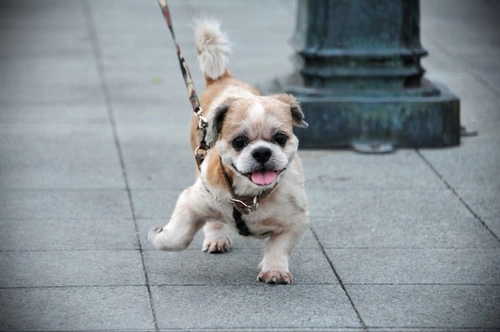Whether you’re a seasoned pet owner or a first-timer, understanding the dynamics of introducing a new puppy to your dog is crucial to fostering a harmonious environment. In this guide, we’ll provide you with step-by-step instructions and valuable insights on how to introduce your new furry friend to your resident canine companion.
Understanding the Dynamics
Before diving into the introduction process, it’s crucial to understand the dynamics between dogs. Dogs are pack animals with well-defined social hierarchies. Introducing a new puppy can disrupt the existing balance, potentially leading to tension and conflict. This is why a well-planned introduction is essential to ensure a smooth transition for both your new puppy and your current dog.
When it comes to introducing a new puppy to your resident dog, following a well-structured New Puppy Checklist can significantly ease the process. This comprehensive guide covers everything from setting up a safe haven for your puppy to ensuring their health, safety, and overall well-being. By incorporating the items on the checklist, you’re not only creating a smooth transition for your new furry family member but also setting the stage for a harmonious and joyful coexistence between your pets.
Step-by-Step Guide
1. Choose the Right Setting
Selecting the appropriate setting for the introduction is the first step in ensuring a positive experience. Opt for a neutral territory that neither dog has established as their own. This helps prevent territorial behaviors and minimizes the chances of conflict. A local park or a friend’s yard can be ideal locations for this initial meeting.
2. Gradual Introduction
Begin by allowing the dogs to sniff each other from a distance. Use leashes to maintain control while keeping a safe distance. Gradually decrease the distance between them as they become more comfortable. Avoid any sudden movements or loud noises that could startle them.
3. Positive Associations
Associate the presence of the new puppy with positive experiences for your resident dog. Offer treats and praise whenever they display calm behavior around the puppy. This positive reinforcement will help your dog associate the new arrival with pleasant experiences.
4. Controlled Interaction
Once both dogs appear calm and curious rather than anxious or aggressive, you can allow them to interact more closely. Still using leashes, allow them to sniff and investigate each other under your watchful eye. Keep interactions short initially, and monitor their body language closely.
5. Supervised Time Together
As the dogs become more comfortable around each other, you can gradually increase the amount of supervised time they spend together. Engage them in playful activities that encourage bonding, such as playing fetch or going for a walk together. Always be ready to intervene if any signs of tension arise.
6. Safety Measures
During the introductory period, ensure each dog has a safe space to retreat to. This could be separate crates or different rooms where they can have their own space when needed. Respect their boundaries and avoid forcing interactions.
7. Patience and Time
Remember that the introduction process takes time and patience. Each dog will adjust at their own pace. Avoid rushing the process and allow them to establish their own rapport over time. Celebrate small victories and remain attentive to their behavior.
Conclusion
Introducing a new puppy to your dog is a rewarding yet delicate process. By following the steps outlined in this guide, you can set the foundation for a strong and harmonious relationship between your furry companions. Remember that every dog is unique, and adapting the process to their individual personalities is key. With careful planning, positive reinforcement, and a lot of love, you’ll be well on your way to creating a happy and peaceful multi-dog household.



